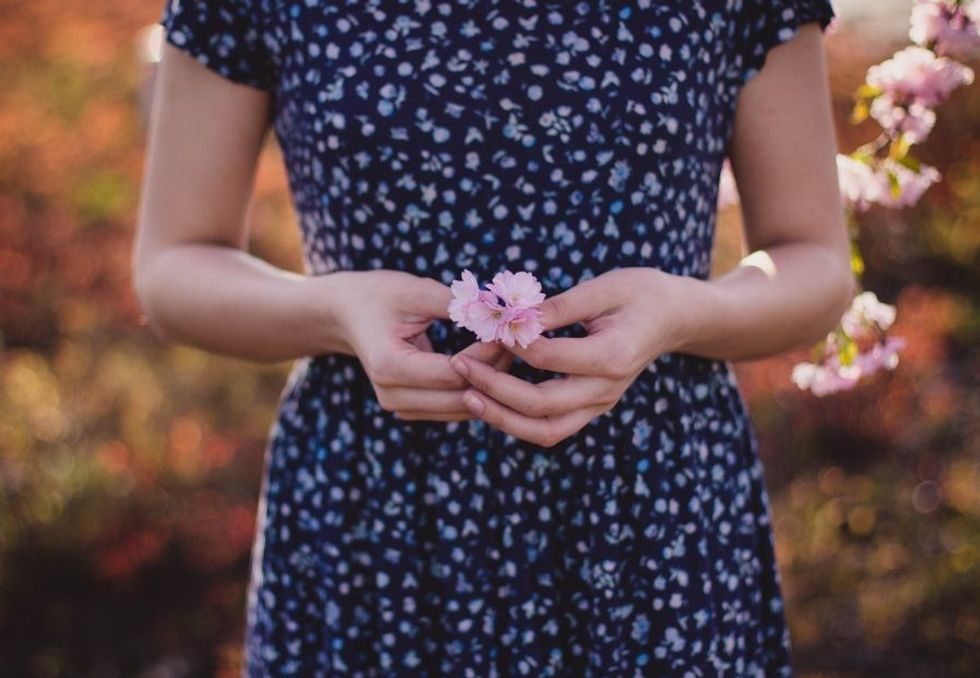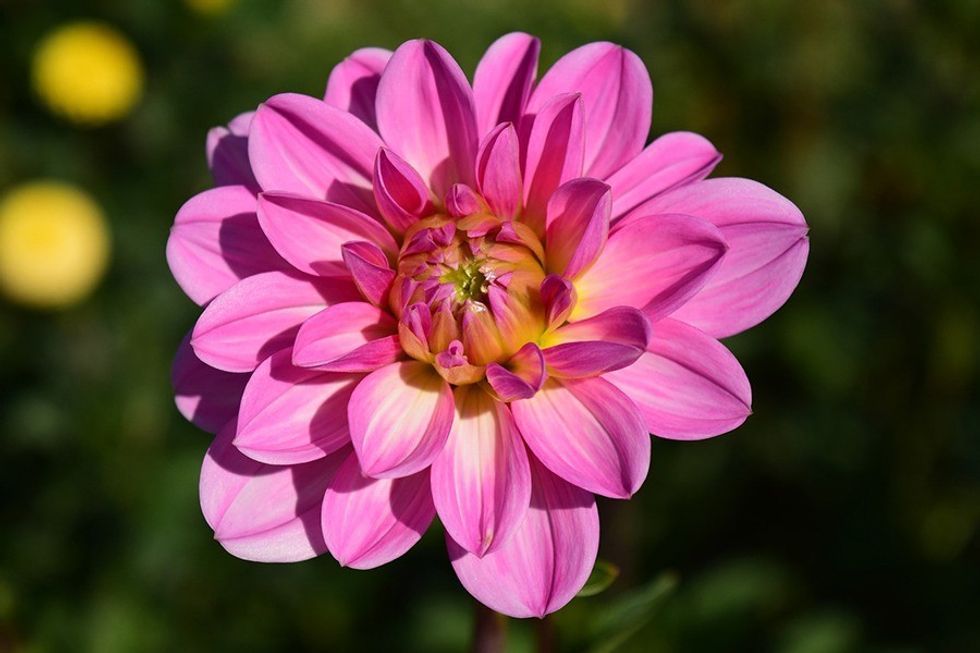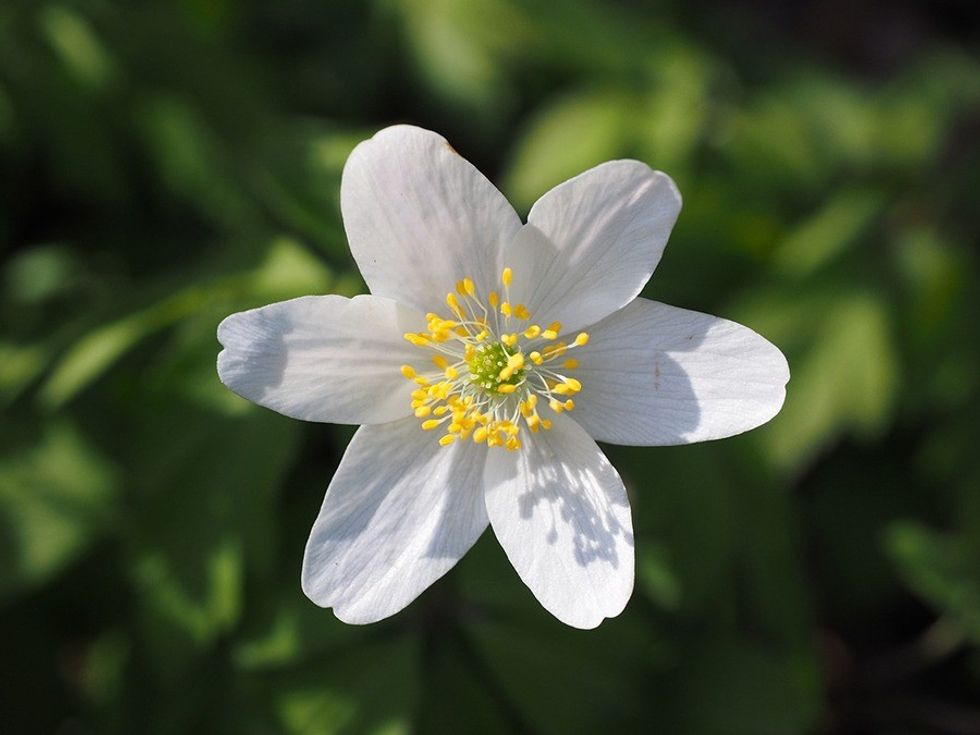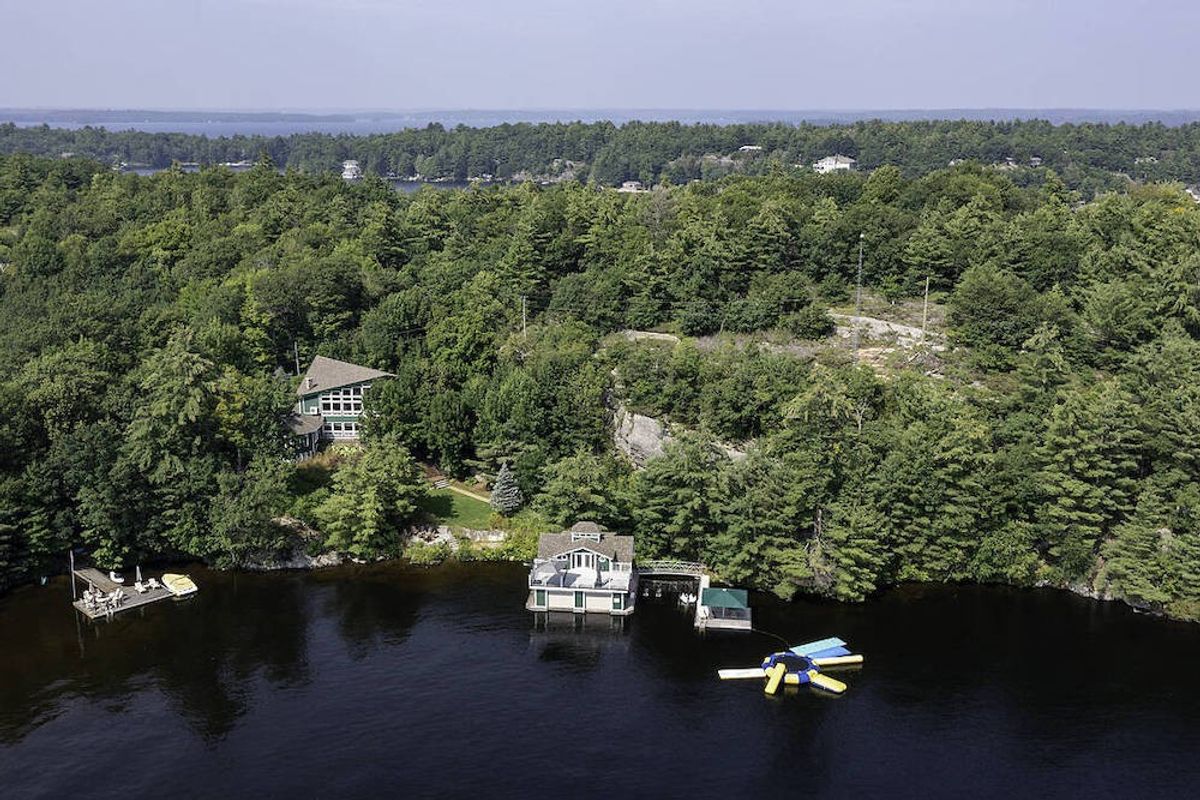
Oh hello mid-July! Half the year is behind us, the warm season has crested and we are counting down the weekends to summer's end. Where does the time go? And how does the garden grow from here?
Bloom seekers, do not despair. There can be blossoms well into summer and even into the flush of first autumn. These thrillers are the late bloomers you want to look for at your local nurseries.
Dahlias
With so many colours, heights and petal variations to choose from there is a Dahlia out there for everyone. From pin-cushion-like pom poms in deep red to shaggy cactus in fiery orange variegation, Dahlias are a sure way to garner ooohs and ahhs in the garden without a ton of work.
Planted from tubers, the foliage emerges in no time and the blossoms are long lasting. These plants may require staking but that’s about it. Once the flowering is over dig up the tubers, store in a cool dry place over winter and plant again next summer. How generous the Dahlia can be!
September Charm Anemone
With their delightful, nodding heads and frothy foliage, these tall, airy plants invite late summer and autumn with all the whimsy required to forget that winter lurks around the corner. This anemone can be very tall, so it works in the back of a garden bed, or in between shrubs or columns. What better antidote to summer’s decline — September Charm will help you to savour the season that much longer.
Autumn Joy Sedum
Their foliage makes for a sturdy and interesting mid-height element all summer long. And before you know it, the umbel-esque flowers will breach the shrubbery, offering umbrellas of deep pink flowers. They can be cut for bouquets or left upright on the plant to dry, giving the garden much winter interest — even if your own interest in winter wanes.
Coreopsis “Moonbeam”
Such a tolerant and giving plant. Capable of blooming multiple times in a season and able to thrive in many difficult garden conditions, these blooms are a pleasing low- to mid-height addition to the garden. Plant them next to a doorway for a warm, enduring welcome home.
Tips for planting mid-summer:
Water is essential.
It is best to water slowly and deeply. A slow direct drip or soak over time is more effective then a high-pressure momentary blast. You want the water to penetrate the ground below and around your plant at a considerable depth so the newly planted roots seek out water deep underground, securing its health and place in the garden.
Water directly on the ground around the plant. Spray sprinklers are ineffective in wind or heat because much of the water is whisked away before it reaches its destination. Secondly, it may lead to leaf burn. In full sun, beads of water act as microscopes, concentrating the sun’s rays that could lead to damage on your leaves.
Feed your soil.
Most plants like a feed when newly planted. Be sure to add compost to new beds by top dressing. It’s easy! Just sprinkle well-developed compost around new plants. Let it integrate itself. No need to cultivate or “dig in” — with this rich source of minerals and biotic activity, the less we disturb the ecosystems of our soils the healthier they will be. This means healthy plants and happy people.
Although the warm months seem to fly by, our Canadian summers can be lush and lasting. Late-blooming additions will easily

























